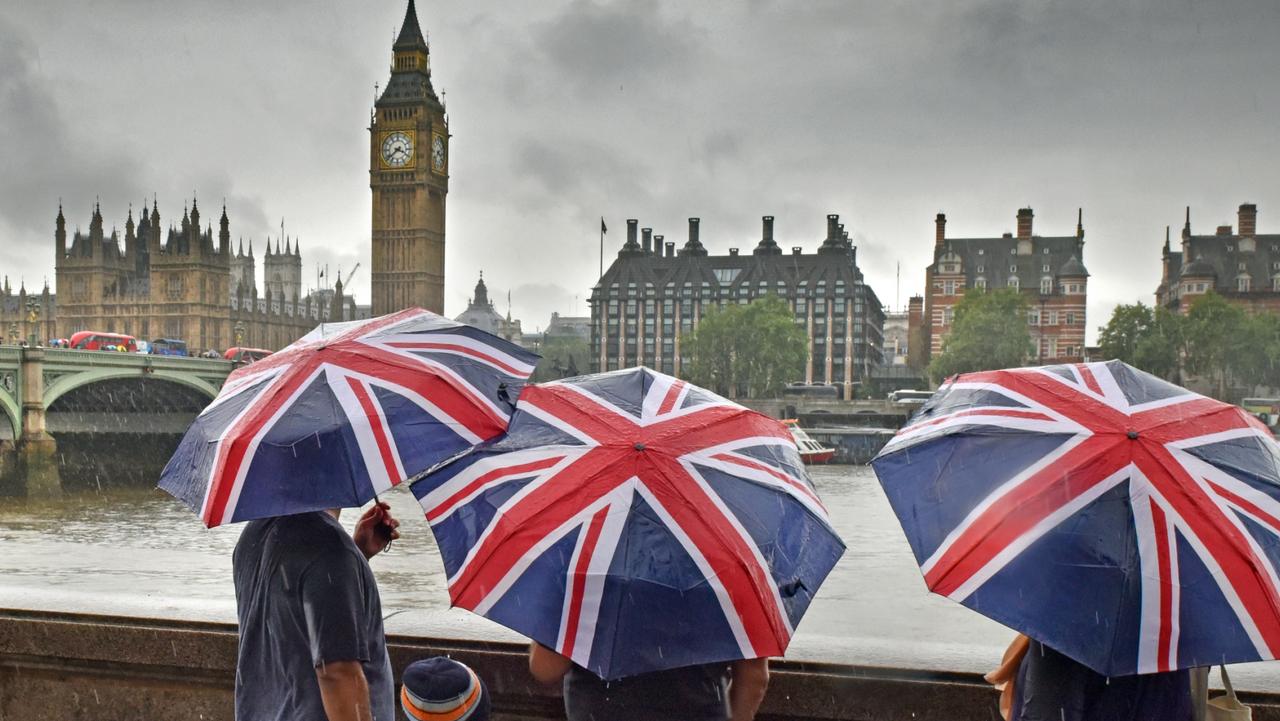New Stonehenge discovered as heatwave exposes hidden foundations of ancient buildings
INCREDIBLE photos have emerged showing a series of newly discovered ancient monuments that were revealed by a heatwave.
A NEW Stonehenge has been uncovered in Ireland after a sweltering heatwave across the British Isles revealed ancient buildings.
As temperatures climbed, several plots usually hidden by dense grasses have unveiled settlements, Victorian gardens, World War II airfields and Roman ruins.
In Ireland, an aerial photographer managed to capture pictures of an “entirely new” henge using a drone in County Meath close to Newgrange, a 5000-year old neolithic tomb.
The henge is the latest to be uncovered in a series of seven monuments in a 1.6km stretch, making it the densest concentration of these monuments anywhere in the world, University College Dublin assistant professor in archaeology Stephen Davis told the BBC.
But the henge isn’t the only uncovered ancient plot.
While the crop marks have usually been kept hidden by grasses and crops, the ancient and prehistoric features are appearing because of the sweltering weather.
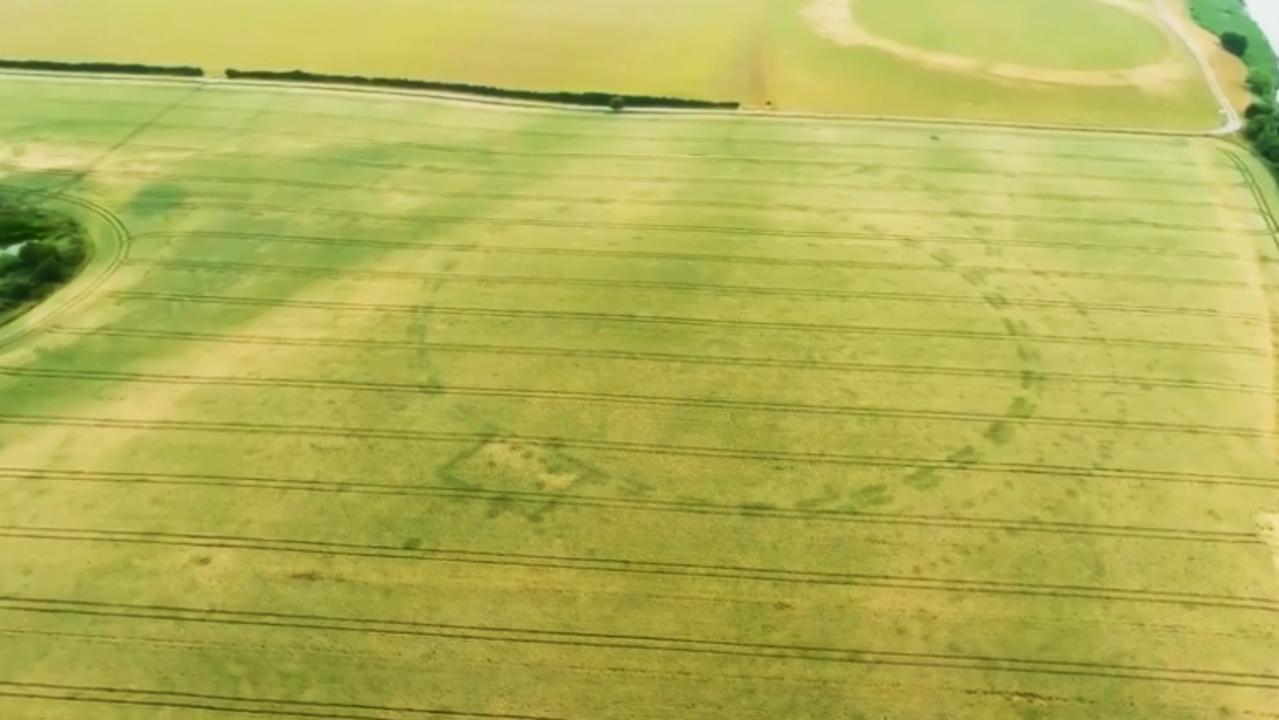
The marks are revealed when grass or crops on top of wood or stone still in the ground flourish or deteriorate at different rates to surrounding material in the unusually hot weather.
Roman villages have been uncovered in Wales and Norfolk, while a once-removed Victorian garden has reappeared in Lancashire and the outlines of World War II airfields and shelters have sprung up in Hampshire and Cambridge.
Among the discoveries, a Dartmoor reservoir is set to reveal a “drowned village” as waters recede in the heat, and old stone walls have already been unveiled.
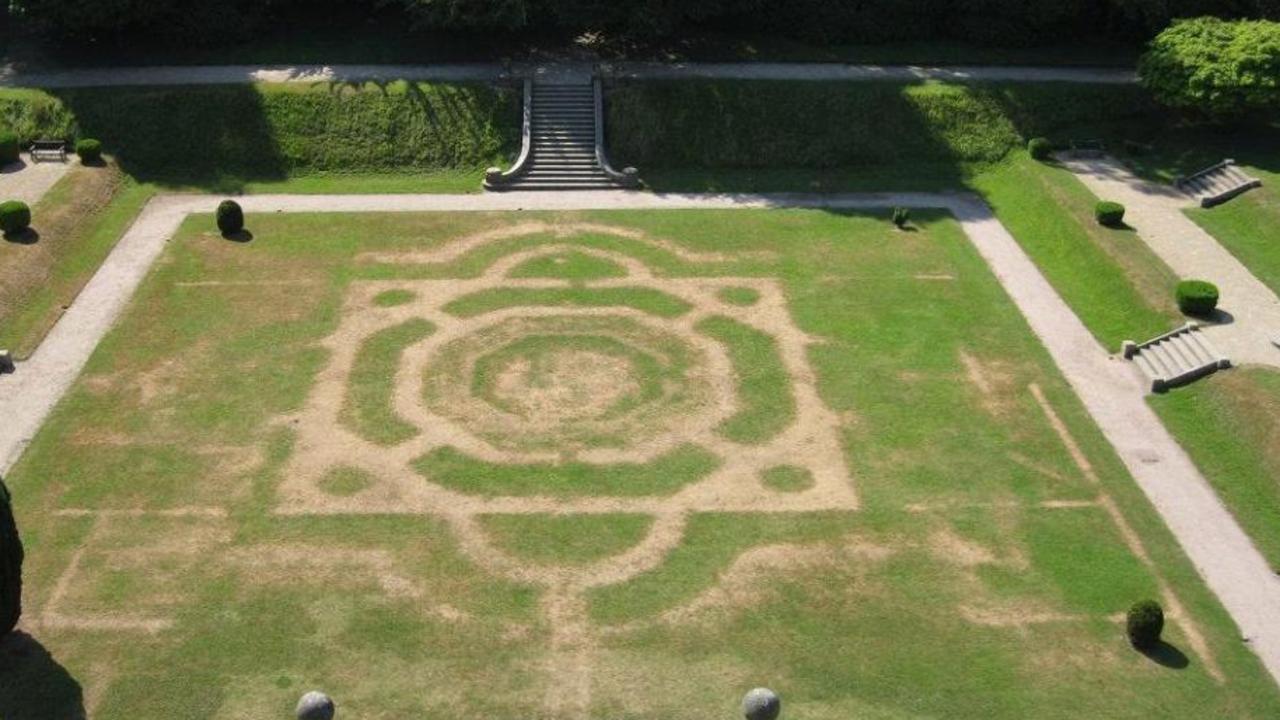
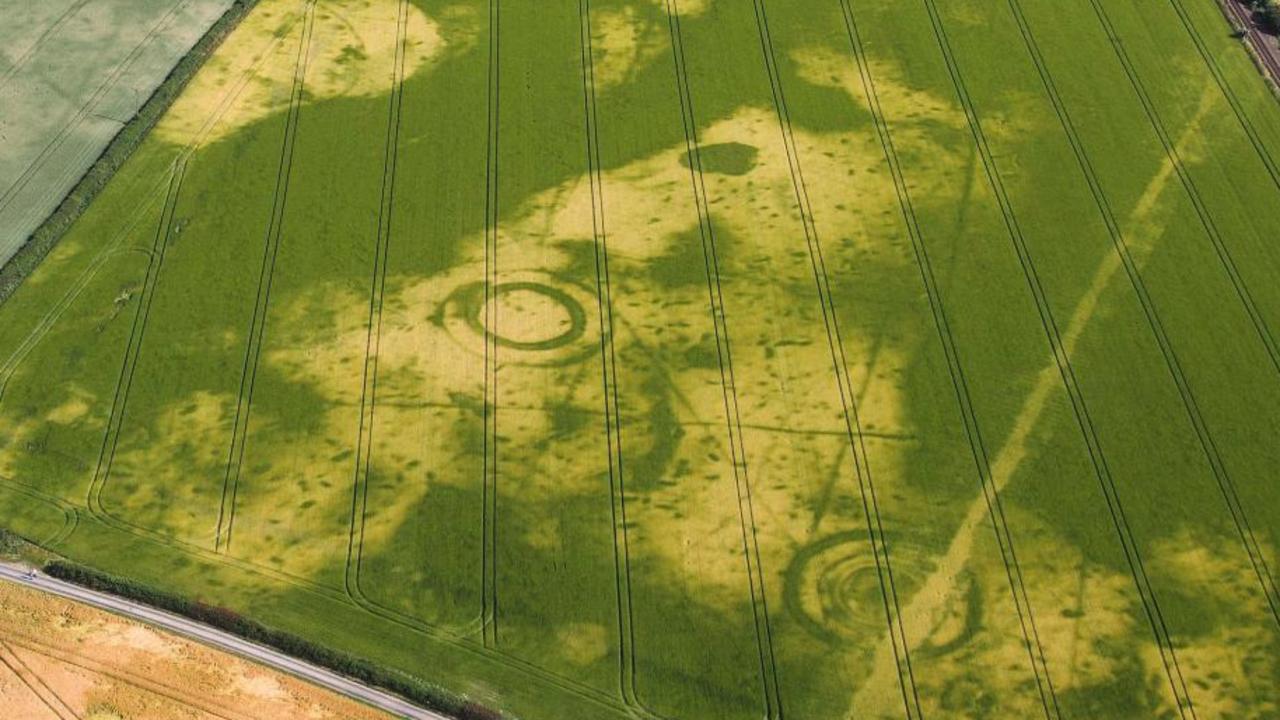

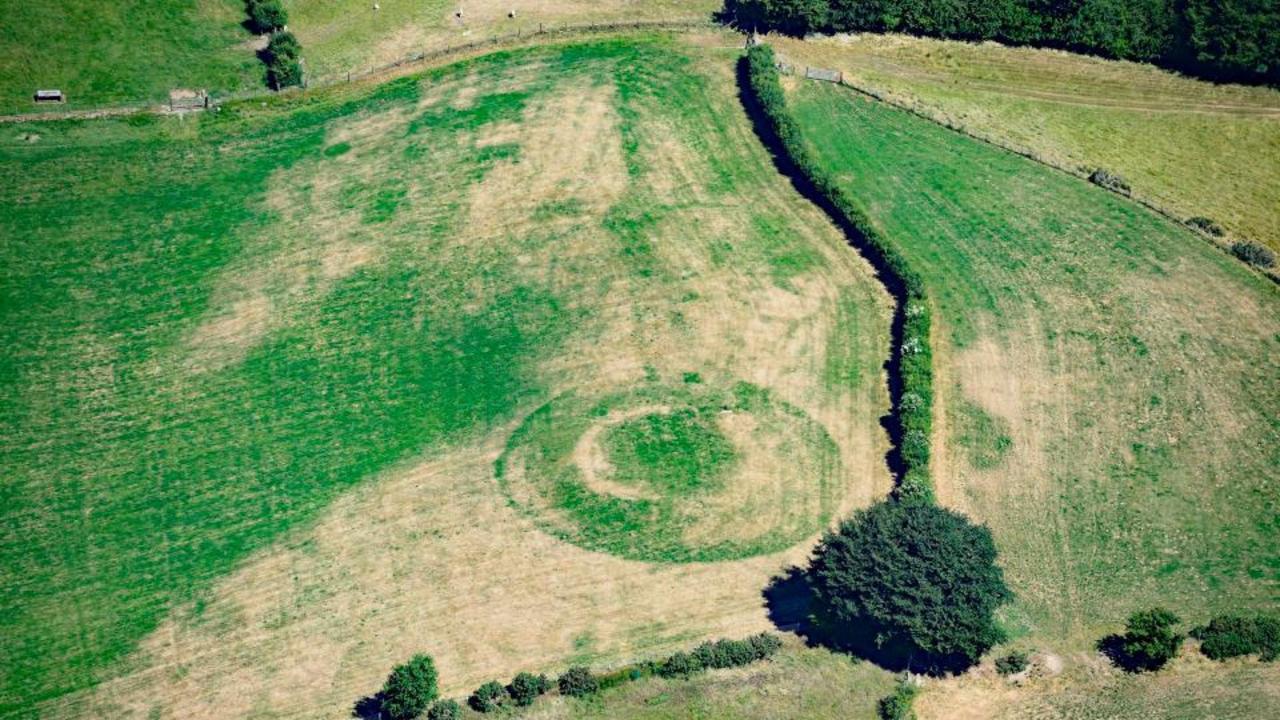
This story was originally published on The Sun and is republished with permission.

